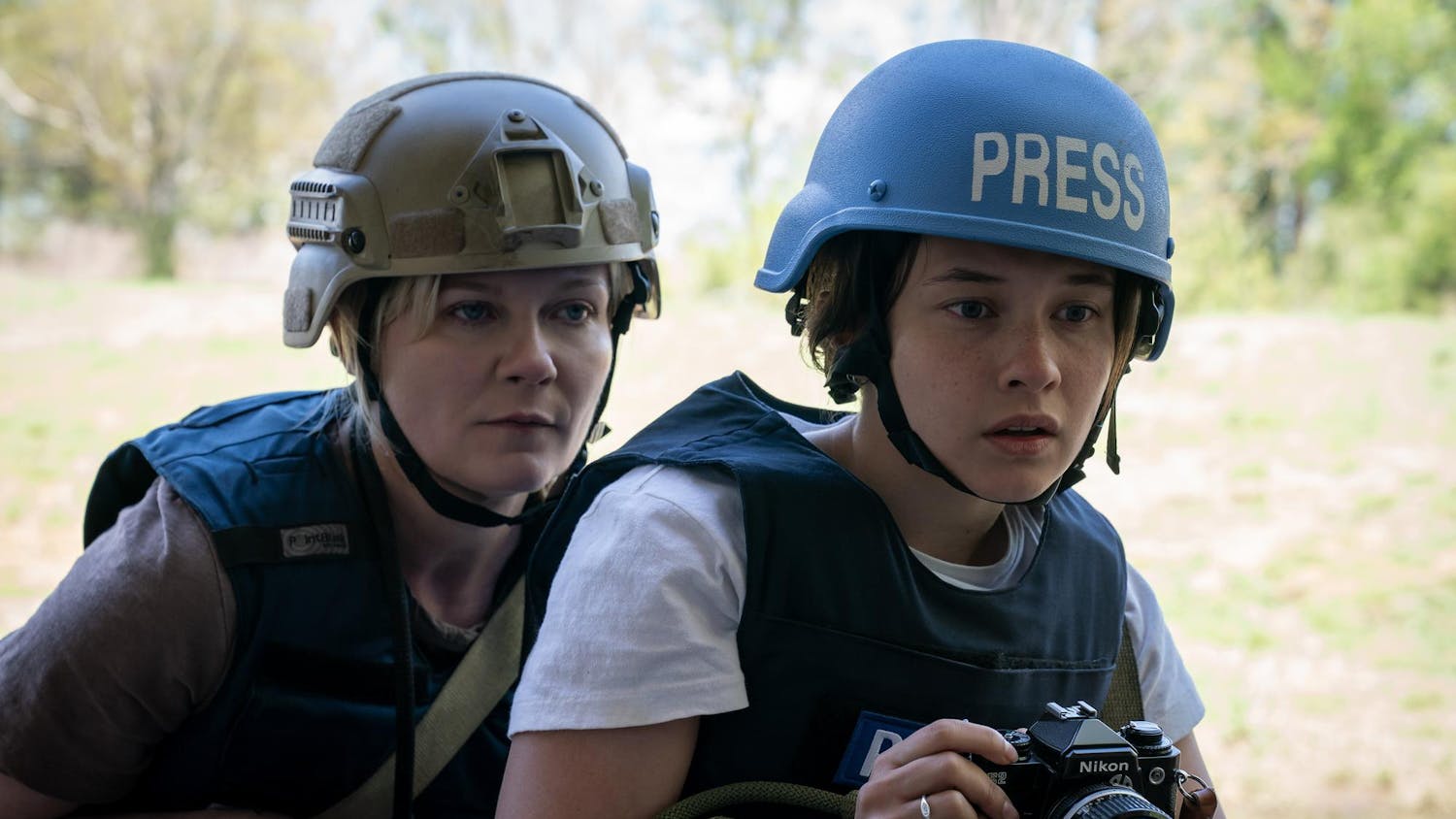The Jacobs School of Music’s Philharmonic Orchestra had its final performance of the year Wednesday at the Musical Arts Center.
The philharmonic is the music school’s premier orchestra, according to its website, meaning it is the largest and most difficult to join. Wednesday’s concert featured violin soloist and graduate student Sofia Kim as well as visiting world-renowned conductor Federico Cortese.
Cortese, who teaches full-time at Harvard University, said fitting the trip to Bloomington into his academic calendar was difficult, but eventually it worked out in his favor.
“I think they are doing something very difficult and very intense,” Cortese said about the featured musicians. “There is a good degree of generosity and hard work in making music, and making music is designed to talk to others, so it’s nice when others pay attention.”
He said there are brand new challenges when working with every orchestra, be the challenges interpretive or mechanical. The pieces performed Wednesday are part of a conductor’s standard repertoire, so there was nothing too unusual about working on them with students, Cortese said.
While the selections, by composers György Ligeti, Felix Mendelssohn and Béla Bartók, may be commonplace in the repertoires of conductors and musicians, Cortese said this does not necessarily make them easy.
“They’re very tricky for an orchestra and quite tricky for a conductor,” Cortese said. “It’s easy to screw up.”
Kim said the featured violin concerto was something most violinists learn early in their careers. She said it was nice to revisit the piece with this orchestra after practicing it in the past.
“The thing about IU that I’m always impressed about is the amount of music and the amount of performances that are always going on,” Kim said. “I feel like students here always deliver, regardless of how challenging the music is.”
Kim is a native of Southern California and completed her undergraduate studies at Northwestern University. She said the biggest difference for her in playing with this orchestra was being able to look behind herself and see her fellow musicians were friends and colleagues.
Kim said she had a difficult semester. She said pacing herself around a violin performance degree recital, auditions and working with the philharmonic was challenging but not impossible.
“I really wouldn’t have had this semester turn out any other way, because this is the perfect culmination for all my events,” Kim said.
She said her fellow philharmonic members collaborate well. They are hard workers and still provide good quality music despite a difficult program, Kim said.
Cortese said while IU may be a big university, the music school is above average and the Philharmonic Orchestra is no amateur orchestra.
He said a conductor’s job is to channel each musician’s energy and abilities into one body of music. If the orchestra a conductor is tasked with has poor sound or inexperienced musicians, the conductor cannot direct effectively.
“You can argue that there can be an orchestra without a conductor, but definitely there is no conductor without an orchestra,” Cortese said.
Contrary to what others might think, conducting is not a position of absolute power in the traditional sense but one of responsibility and exposure, Cortese said. As a conductor, he said he serves a function just as any principal instrumentalist would, but his job requires him to bring out the best from the musicians.
“If it’s the chicken or the egg, overall, the orchestra comes first,” Cortese said.




